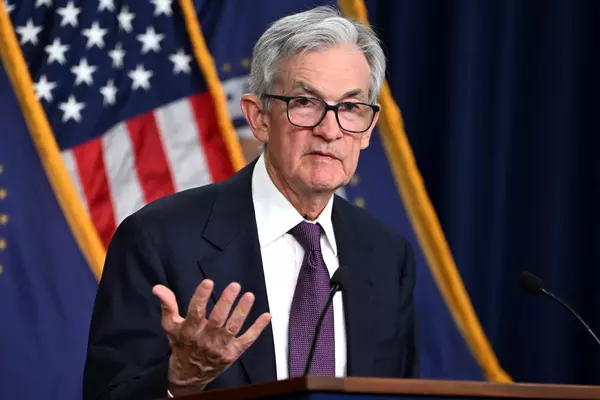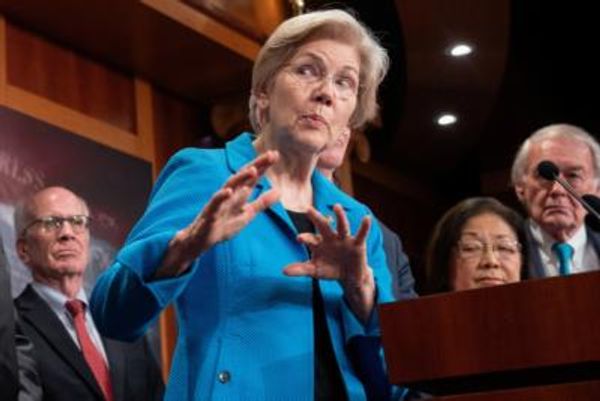
The Financial Review got very excited overnight when it was able to run an “exclusive” headlined “Wage growth drives inflation, average pay tops $100k” based on a Treasury document.
The story had everything the Fin could possibly want — proof that workers, not gouging corporations, are responsible for inflation, and evidence of just how greedy workers really are, that they’re now being paid six-figure salaries. An economist from one of the big four conflict of interest and tax dodging firms, Ernst & Young, was wheeled out to warn that such indulgence would cause interest rates to remain higher for longer.
In fact, there wasn’t much new to the story because it was just a later version of a Treasury document released last year that also purported to show profits play no role in inflation.
And if you actually bother to look at the Treasury chart the AFR chose to accompany the story, you’ll see something very odd: its account of inflation is made up of “labour costs”, “direct shocks”, imports, “indirect shocks” (fuel and freight imports) and residual.
Where’s “profits”? There’s no mention of profits at all. Profits simply don’t exist in Treasury’s decomposition of inflation. Nor do taxes. Apparently, in Treasury’s modelling, increases in taxes — like changes in fuel excise — don’t have any inflationary impact — at least none worth breaking out. Weirdly, Treasury actually criticised the Australia Institute for not including tax in its modelling last year.
As Treasury stated in the 2023 briefing, it’s a “stylised decomposition.” And “labour costs are the single largest cost to firms, and historically have usually been the single greatest contributor to inflation as a result.” So Treasury just assumes labour costs are the biggest contributor to inflation as part of its stylisation — which kind of detracts from the entire point of today’s article, but never mind.
For a more insightful assessment of drivers of inflation in Australia, we can look to the OECD, which last year published an analysis of drivers of inflation in several major economies, including our own. Both taxes and profits exist in the OECD’s decomposition, which examines unit profits, unit taxes and unit labour costs, and showed unit profits as the dominant driver of inflation across 2022 — an assessment completely at odds with Treasury’s.
Strangely enough, what’s missing in today’s report from the AFR is something that Treasury devoted considerable attention to last year. Despite insisting that profits weren’t driving inflation, Treasury admitted “there is evidence of declining dynamism in Australian markets” and mark-ups by firms had increased across the 2000s and 2010s. “Firms with high mark-ups relative to other firms in their industries appeared to account for a disproportionate share of output, suggesting that they are larger. This finding is consistent with other findings that markups are directly related to the share of the market held by the firm.”
So, big firms are able to increase mark-ups and the problem has been getting worse for the last two decades. Sadly, that didn’t make it into the AFR on either occasion it reported what Treasury said. Wonder why.







